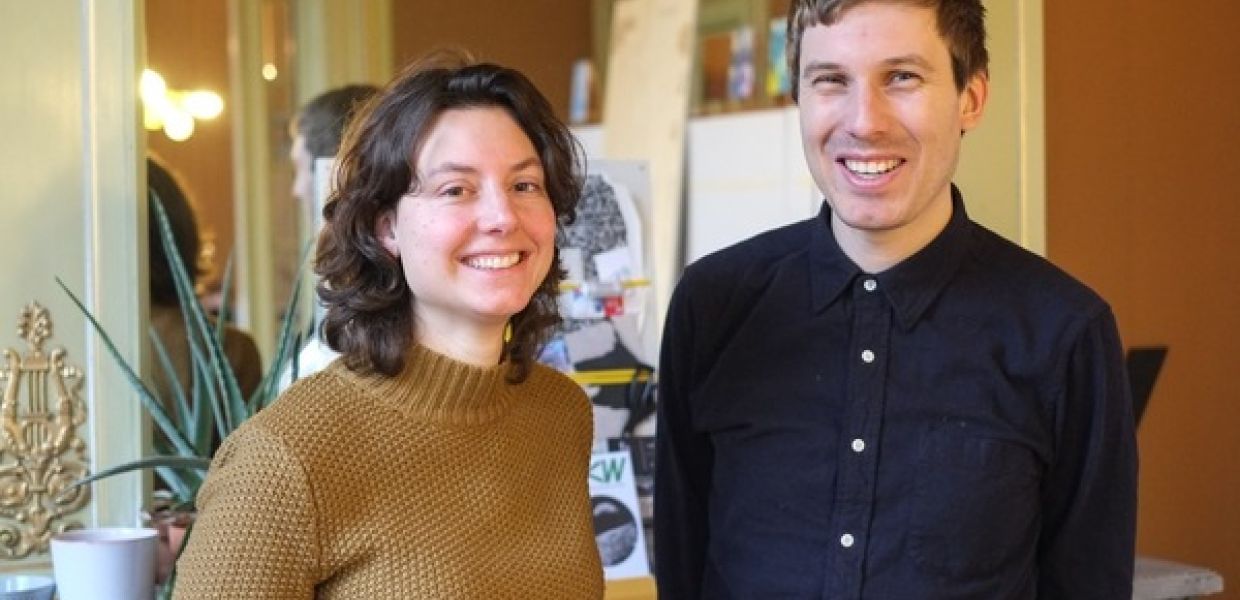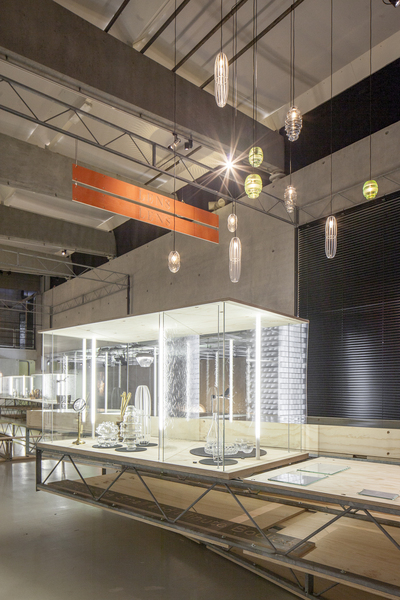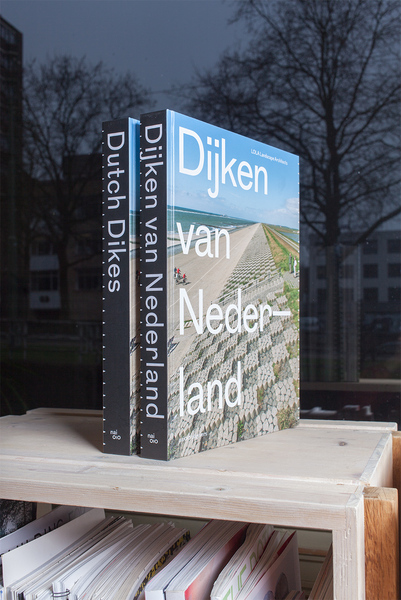‘Europeana helps us tell a better story’: an interview with Koehorst in ‘t Veld

“In the old days we had to contact lots of small institutions. But often, we didn’t even know where to start looking for content for our books and exhibitions. Europeana has changed that for us: the service has already helped us to discover many lesser known museum pieces and obscure images that we would have missed otherwise. That means we’re able to tell a better story.”
Jannetje in ‘t Veld and Toon Koehorst are graphic designers based in Rotterdam. Together, they founded Koehorst in 't Veld, an editorial graphic design practice. The agency produces compelling and richly illustrated narratives for public and cultural institutions. Europeana has proven to be a great source of inspiration, content and contacts for them. Here, we meet with them and find out more.
 Jannetje in ‘t Veld and Toon Koehorst. Wineke van Muiswinkel, CC BY-SA
Jannetje in ‘t Veld and Toon Koehorst. Wineke van Muiswinkel, CC BY-SA
Europeana as a springboard
The duo first heard about Europeana when it launched in 2008, but only started using it about 18 months ago. “We often create exhibitions where we display objects from well known museums such as the Rijksmuseum and the Teylers Museum. But we want to complement this material with objects from smaller museums and archives so as to tell a more diverse and complete story. In the past, it used to be quite difficult to find exactly the objects we wanted. Now we turn to Europeana, and in many cases we discover references to small institutions that are able to provide us with the kind of material we’re looking for”, Toon Koehorst explains.
One of those exhibitions is ‘GLASS, The Engine of Progress’, a physical exhibition at Het Nieuwe Instituut, in which modern glass sculptures are displayed together with old glass instruments from scientists and other early glass objects. For the images in the exhibition, the designers delved into a diverse group of international archives. “Europeana played a pivotal role in even identifying some of these archives in the first place. Our research process is far easier now, and much less time consuming as a result.”

GLASS, The Engine of Progress. Koehorst in 't Veld, CC BY-SA
A treasure trove for print publications
But Europeana is not only a reference point for finding archives, but a direct source of imagery too. A great example of this is their book ‘Dijken van Nederland’ (‘Dikes of the Netherlands’), a best-selling hardback about the history of dike construction in the Netherlands. The book contains a staggering amount of research on dikes including the first definitive map showing all the dikes in the country, and a detailed taxonomy of every type of dike. Time and again, Europeana offered a rich resource of historic photos and stories relating to the topic, allowing the authors to tell the story in a compelling way without having to physically travel to and trawl through disparate archival collections.

Dijken van Nederland. Koehorst in 't Veld, CC BY-SA
“Of course we would love all the material to be available in the highest possible resolution, with clear licensing information and of course no watermarks. The higher the quality of the images, the more we can do with it, especially in the context of physical exhibitions. Still, even a reference to a small heritage institution’s website is helpful for us, as long as they can help us to get an object on loan for the exhibition or provide us with a image for printing”, says Jannetje in ‘t Veld.
The fact that you can find objects from both big and small institutions via Europeana is an important advantage for the designers. “We especially like the fact that we can show objects out of their normal context. Take our Glass exhibition for example; we can show historic objects next to contemporary pieces of glass art. This is exactly how the internet - and Europeana - works best; by ‘freeing’ objects from their collections, you create interesting new collections, something that was unthinkable in the past. Sometimes we are even jokingly called the ‘Archives Liberation Front’! But of course we always make sure we prominently mention all the institutions; we give credit where credit is due.”
Bringing Europeana offline
It’s exciting to learn about work by creators like Jannetje and Toon, and to hear how Europeana has become a crucial part of their research rituals. Working in a digital-only organisation, it’s easy to focus on measuring impressions, and clicks on our website and social media profiles. This is a reminder that we shouldn’t forget there is a physical world out there where Europeana is being used by and shown to people without us necessarily knowing about it.
This is also something that institutions and other providers should keep in mind when thinking about the potential value of making your collections available via Europeana. Of course we can generate increased website traffic, and provide extra visibility for our partners on social media. But when the collections start to appear offline, in exhibitions or books, it proves just how much value there is in making your collections openly accessible and available to as broad an audience as you can.
Jannetje and Toon are excited about upcoming features on Europeana, such as the introduction of thematic channels and filters, which allows the designers to filter their search results on image size, aspect ratio and colour(s). “We would probably still search the whole collections, though” they add, “you never know what unexpectedly relevant results there might be.”
